Fleetwood Mac’s ‘Alternate Collection’: Fascinating Variations on 6 Best-Selling Albums
by Jeff Burger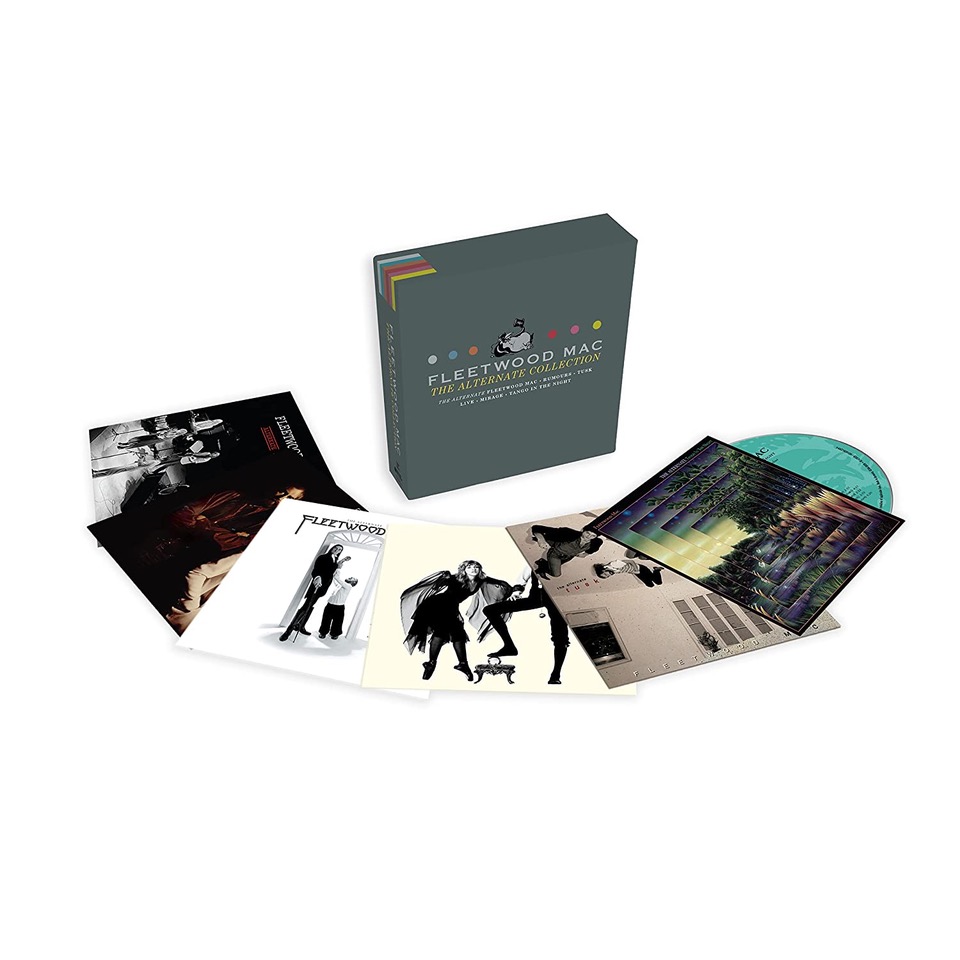 After Fleetwood Mac unceremoniously ejected Lindsey Buckingham from the group in 2018, the chances that we’d ever again hear new music from the group’s classic lineup seemed remote. Now, following the recent death of Christine McVie, who joined the band way back in 1970, those chances have dropped to zero.
After Fleetwood Mac unceremoniously ejected Lindsey Buckingham from the group in 2018, the chances that we’d ever again hear new music from the group’s classic lineup seemed remote. Now, following the recent death of Christine McVie, who joined the band way back in 1970, those chances have dropped to zero.
At least there’s a large catalog of recorded material to remind us of just how potent a force this band could be. It includes not only a long list of studio and live albums, but a ton of alternate takes, versions and mixes, as well as demos and rehearsal recordings.
You’ll find lots of this sort of bonus material in Fleetwood Mac’s The Alternate Collection. A limited-edition, clamshell-boxed anthology, it contains six CDs (or eight vinyl LPs) and includes versions of six of the group’s biggest albums that preserve their original cover art but offer different recordings of each of their tracks.
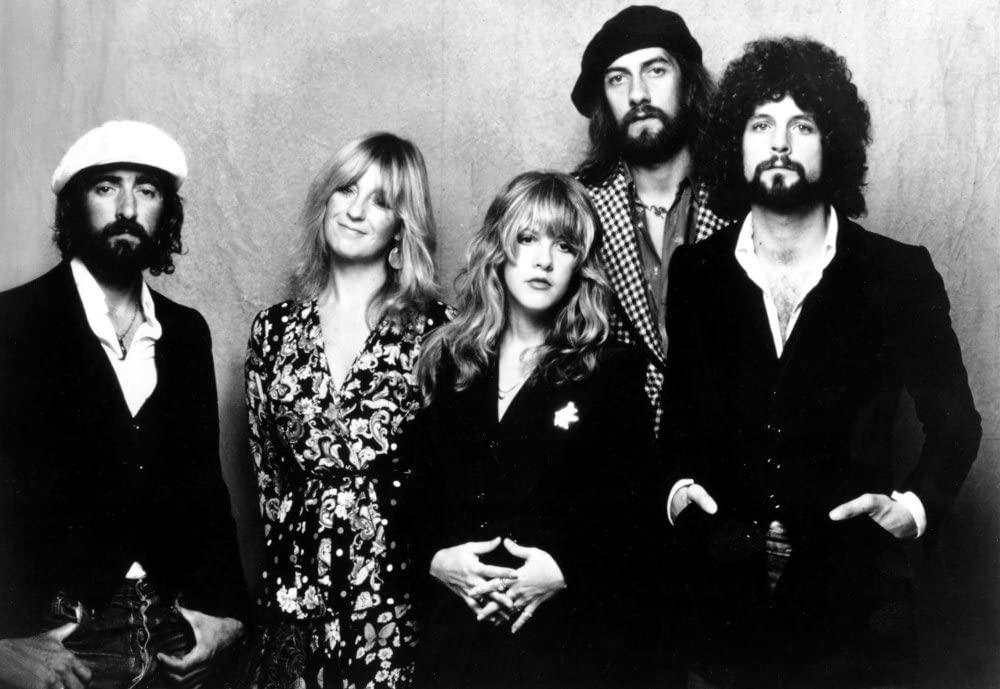 Before we discuss the music, a caveat: for some listeners, The Alternate Collection will represent more of a repackaging than a revelation. The contents have been previously issued on vinyl for annual Record Day events and have also appeared on deluxe editions of the original albums. Such an edition of the group’s eponymous 1975 LP came out in 2012 and was followed in later years by boxed sets devoted to 1977’s Rumours, 1979’s Tusk, 1980’s Live, 1982’s Mirage and 1987’s Tango in the Night.
Before we discuss the music, a caveat: for some listeners, The Alternate Collection will represent more of a repackaging than a revelation. The contents have been previously issued on vinyl for annual Record Day events and have also appeared on deluxe editions of the original albums. Such an edition of the group’s eponymous 1975 LP came out in 2012 and was followed in later years by boxed sets devoted to 1977’s Rumours, 1979’s Tusk, 1980’s Live, 1982’s Mirage and 1987’s Tango in the Night.
If you own or plan to purchase these sets, you don’t need The Alternate Collection. If, on the other hand, you have just the original albums, this package may represent a smarter purchase than the earlier anthologies. It offers no liner notes and fewer alternate versions, but it embraces the lion’s share of the most interesting such versions and costs far less than you’d spend for all the deluxe editions.
Related: Looking back at Tusk
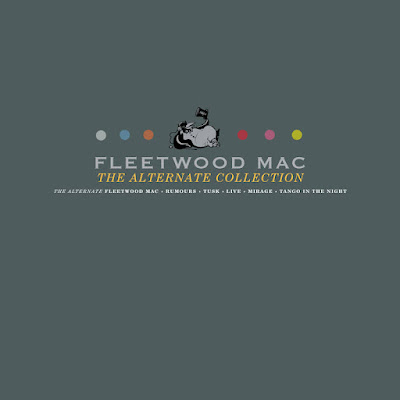 Often, when a band releases demo or rehearsal tracks or alternate mixes, their weakness serves only to point up the wisdom behind the choices for the official album. That’s only sporadically the case here. Some of the recordings (especially many of the concert tracks) are as good as—or arguably even better than—the familiar ones. And even in the numerous instances where the well-known versions seem superior, the alternates often prove illuminating. Granted, some of the outtakes, such as Tango in the Night’s “Seven Wonders,” differ only subtly from the original recordings, but others feature different lyrics or vastly altered musical approaches.
Often, when a band releases demo or rehearsal tracks or alternate mixes, their weakness serves only to point up the wisdom behind the choices for the official album. That’s only sporadically the case here. Some of the recordings (especially many of the concert tracks) are as good as—or arguably even better than—the familiar ones. And even in the numerous instances where the well-known versions seem superior, the alternates often prove illuminating. Granted, some of the outtakes, such as Tango in the Night’s “Seven Wonders,” differ only subtly from the original recordings, but others feature different lyrics or vastly altered musical approaches.
By stripping away production gloss, some of them—including, for example, many of the Rumours tracks— shine a light on a composition’s underlying strength. In other cases, it’s the opposite: you can hear how the group took a flat-sounding, relatively prosaic recording, added musical touches and production magic, and transformed it into an extraordinary final rendition. One example of that: The Alternate Collection’s “Suma’s Walk,” an amiable but unremarkable instrumental riff that with a new name, beefed-up instrumentation, and terrific vocals, became the Mirage ear candy known as “Can’t Go Back.”


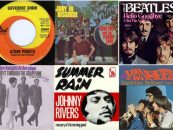

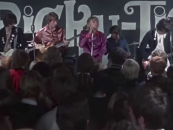

No Comments so far
Jump into a conversationNo Comments Yet!
You can be the one to start a conversation.